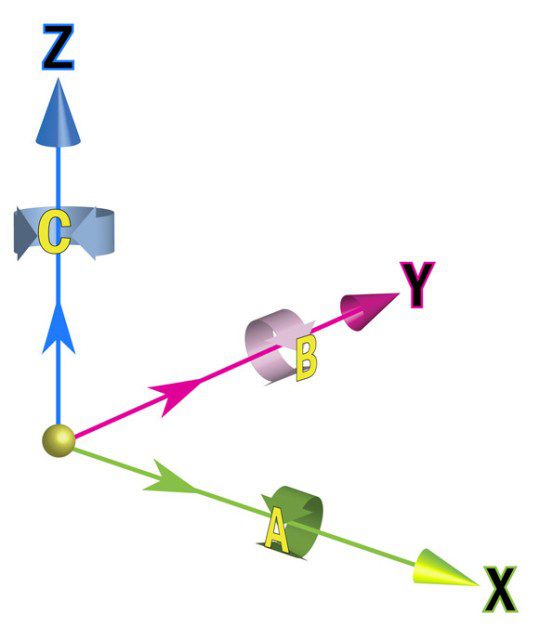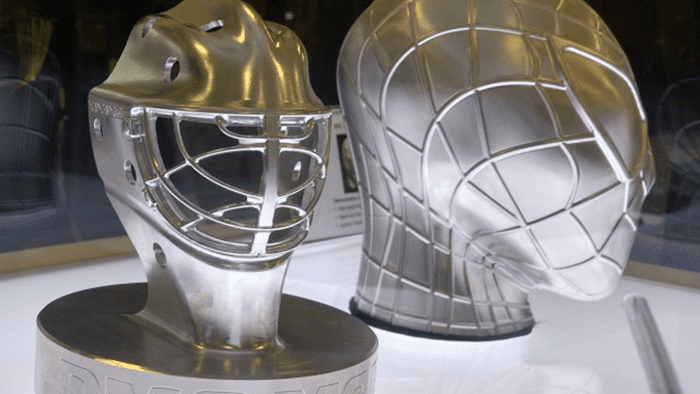What is 5-axis CNC Machining?
In the simplest terms, 5-axis machining involves using a CNC to move a part or cutting tool along five different axes simultaneously. This enables the machining of very complex parts, which is why 5-axis is especially popular for aerospace applications.
However, several factors have contributed to the wider adoption of 5-axis machining. These include:
1.A push toward single-setup machining (sometimes referred to as “Done-in-One”) to reduce lead time and increase efficiency
2.The ability to avoid collision with the tool holder by tilting the cutting tool or the table, which also allows better access to part geometry
3.Improved tool life and cycle time as a result of tilting the tool/table to maintain optimum cutting position and constant chip load.

Why use 5-Axis Machining?
Trying to decide between 3-axis machining and 5-axis machining is a bit like trying to decide between having a MacDonald’s Quarter Pounder or a T-bone steak; if cost is your only concern, then the former is obviously the way to go.
However, the dilemma becomes much more complicated when comparing 5-axis and 3+2-axis.
5-Axis vs 3+2 Axis
It’s important to distinguish between 5-axis machining and 3+2-axis machining. The former—also called continuous or simultaneous 5-axis machining—involves continuous adjustments of the cutting tool along all five axes to keep the tip optimally perpendicular to the part
In contrast, the latter—also called 5-sided or positional 5-axis machining—involves executing a 3-axis program with the cutting tool locked at an angle determined by the two rotational axes. Machining that involves reorienting the toolbit along the rotational axes between cuts is called ‘5-axis indexed’ though it still counts as 3 + 2.
The main advantage of continuous 5-axis machining over 5-axis indexed is speed, since the latter necessitates stopping and starting between each reorientation of the tool whereas the former does not.
However, it should be possible to produce the same results whether using continuous or indexed 5-axis.
It’s also worth noting that with the speed advantage comes more moving parts, which leads to increased wear and tear as well as a greater need for part crash detection. This is one of the reasons continuous 5-axis machining is more difficult from a programming standpoint.
The Art of 5-Axis Milling
5-axis machining offers significant benefits, including reduced lead time, increased efficiency and improved tool life. However, it’s important to recognize that attaining these benefits requires more than just purchasing the latest 5-axis machining center.
Mastering the art of 5-axis necessitates taking a host of factors into account. On that topic, Anderson said this:
“When you look at problems that customers have, very seldom is it machining a part. Typically, the problem that’s holding them back is centered around something other than making a chip. It’s training, it’s having personnel, having communication go correctly from the routing to the machine or knowing before they get started that they’re going to have enough tools in the magazine to finish the part when they start on it. The peripheral parts of the business hold them back more than actually making the part.”

Worthy Hardware is a CNC manufacturing and sheet metal fabrication company,including CNC machining services,CNC milling services, CNC turning services, laser cutting services and stamping services.Call us +86-76989919645 or email us info@worthyhardware.com for more discounts for your projects.

